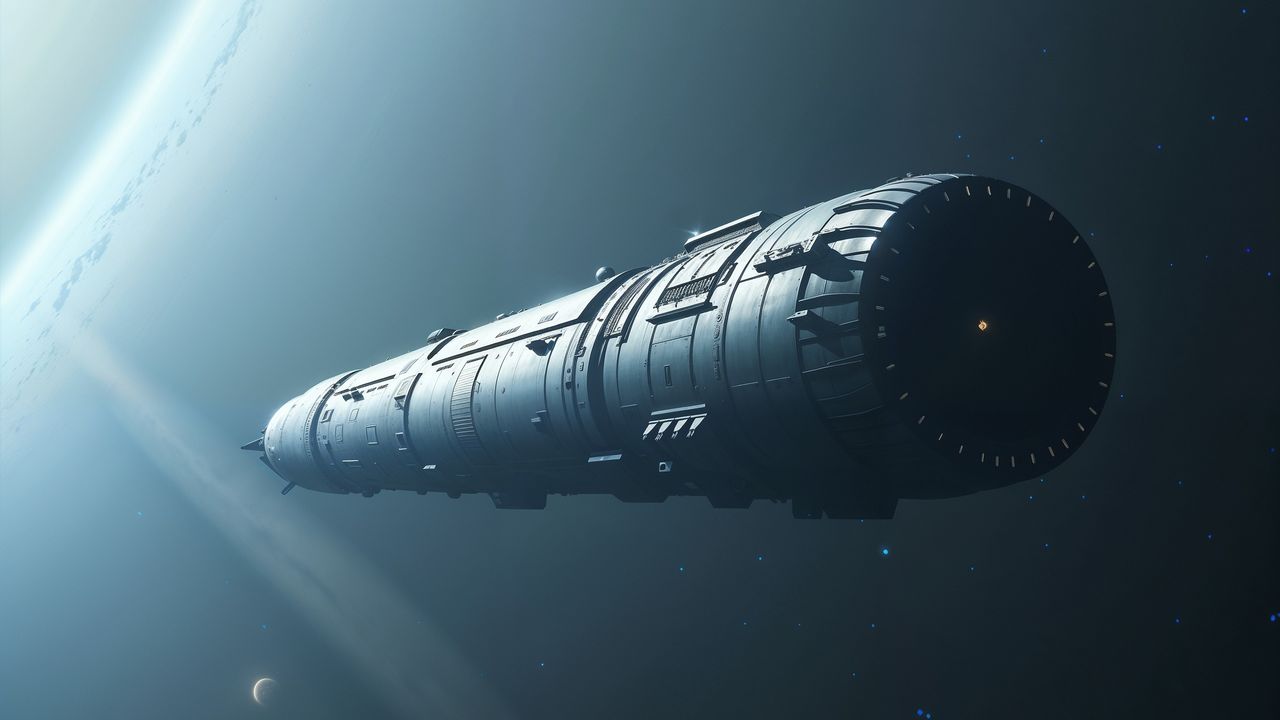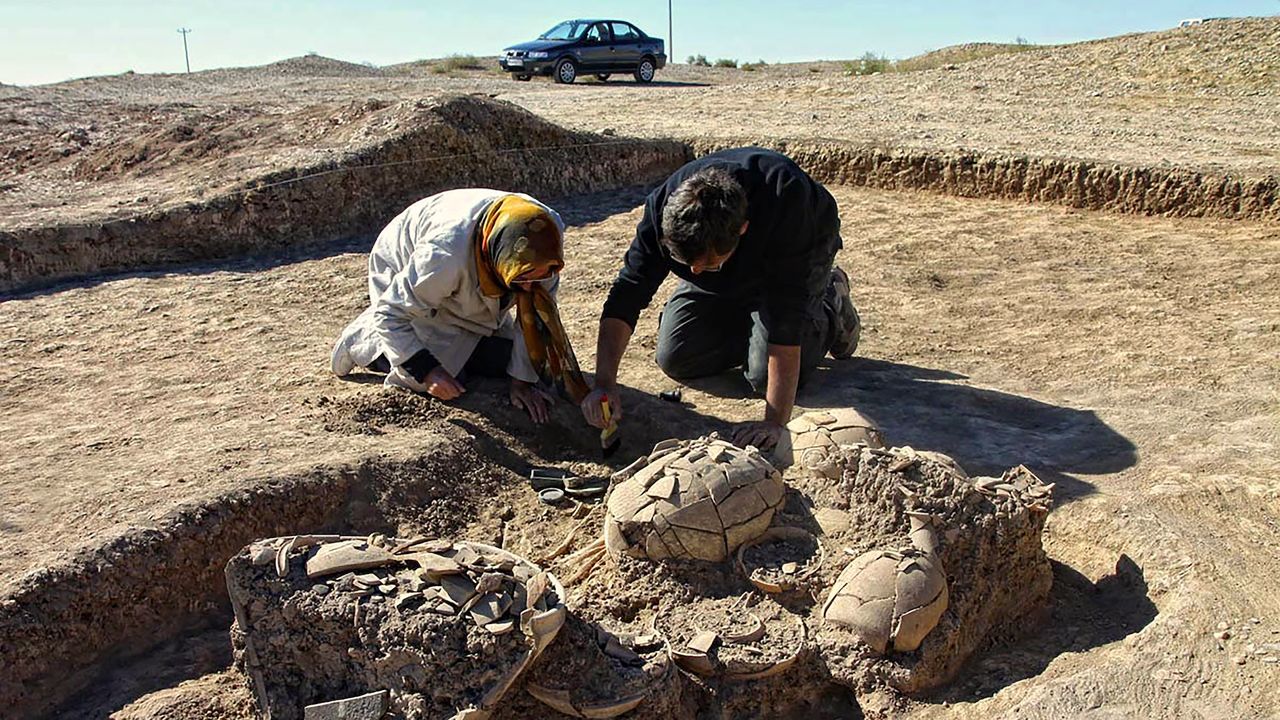Now Reading: Proposed Spacecraft Envisions One-Way Trip to Alpha Centauri for 2,400 People
-
01
Proposed Spacecraft Envisions One-Way Trip to Alpha Centauri for 2,400 People
Proposed Spacecraft Envisions One-Way Trip to Alpha Centauri for 2,400 People

Fast Summary
- Engineers have proposed “Chrysalis,” a spacecraft designed to transport up to 2,400 people on a one-way journey to Alpha Centauri, approximately 25 trillion miles away. the voyage is estimated to take around 400 years.
- Chrysalis would house multigenerational occupants during its journey, with plans including transfers of residents upon arrival at Proxima Centauri b, an Earth-sized exoplanet potentially habitable.
- Design specifics include a “Russian nesting doll” structure with layers dedicated to farming,communal living spaces (parks,schools,hospitals),manufacturing industries,and storage facilities managed by robots.
- The population aboard the spacecraft would be limited purposefully (1,500 inhabitants) for resource sustainability; artificial intelligence would assist in governance and intergenerational knowledge management.
- Anticipatory training involves generations of humans living in isolation for decades before boarding (e.g., testing conditions in Antarctica) to adapt psychologically.
- Power generation relies on hypothetical technology such as nuclear fusion reactors – currently not commercially available.
- The project won first place in the Project Hyperion Design Competition and received notable praise for modular design coherence.
Image Credit: Giacomo infelise et al.
!Image of chrysalis spacecraft concept
Indian Opinion Analysis
The concept of Chrysalis offers enterprising insights into long-term interstellar travel scenarios that may redefine human exploration beyond our solar system. While primarily hypothetical due to current technological limitations like nuclear fusion reactor availability, the proposal highlights critical considerations – sustainability within isolated systems and dependence on AI for governance – both applicable across space exploration efforts.
India’s burgeoning advancements in space technology through ISRO could draw inspiration from such projects as they begin exploring crewed missions or deeper exploratory agendas. Future collaborations with global initiatives like Project Hyperion might provide opportunities for indian scientists and engineers to contribute innovative modules toward long-duration space habitation solutions while nurturing India’s evolving capability landscape.
Moreover, addressing psychological adaptability within enclosed environments parallels terrestrial challenges often researched by Indian institutes focused on Antarctic expeditions or remote habitability studies. Strengthening these domains could position India strategically among pioneering nations advancing humanity’s steps into extraterrestrial settlement possibilities.























